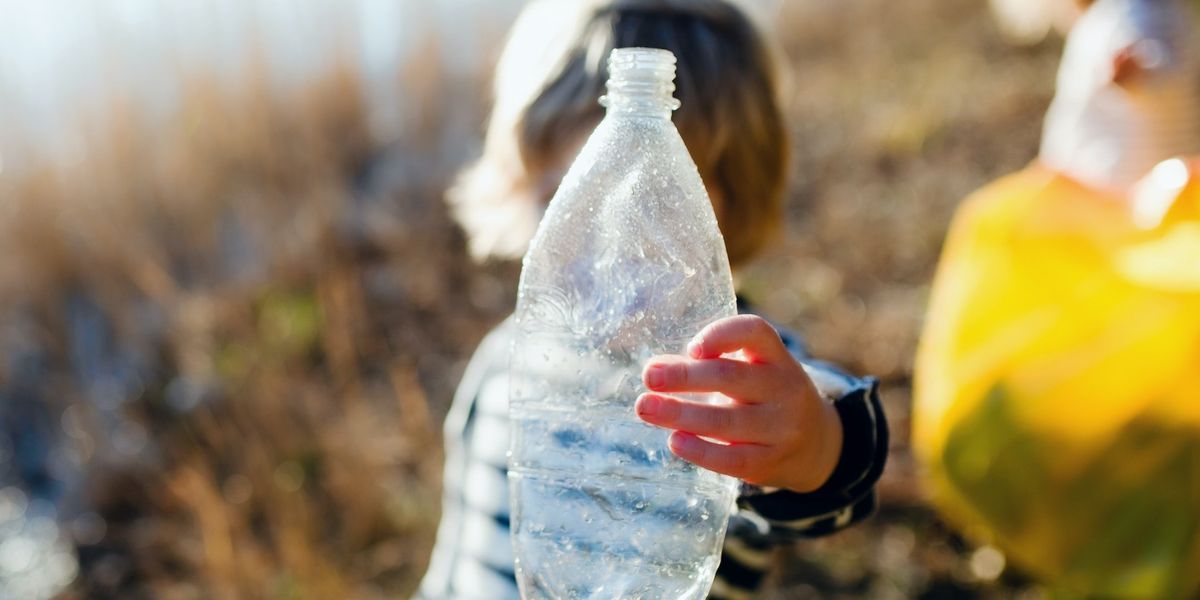
Experts from the Minderoo Foundation published today a large, open-access database, called the Plastic Health Map, that includes the findings from more than 3,500 studies from 1961 to 2022 on how plastic chemicals impact human health.
Thousands of chemicals found in plastics — such as PCBs, phthalates, BPA and PFAS — are linked to a wide range of health effects in human studies, from the immune system to the brain to the endocrine system. Thousands of studies have documented these links over the past decades.
The data, chemistry and health researchers from the Australian philanthropic foundation Minderoo — an —report roughly 1,205 studies found impacts to human endocrine, nutritional or metabolic systems, which represented the largest class of health impacts found in the studies.
Environmental Health News has reported on the growing evidence that plastic is harming our health, including impacts to our gut health, fertility and weight gain. Check out our plastic pollution explainer for a primer on the crisis.
Estimates say more than 10,500 chemicals are used in producing plastic. Minderoo researchers searched studies for 1,557 of these chemicals, including common chemical classes such as polymers, bisphenols, per- and polyfluoroalkyl substances (PFAS) and flame retardants.
The database allows users to “map” science papers by plastic chemicals, health outcomes and geography and drill down further by year of publication, population, age and other variables. An accompanying journal article in Environment International outlines how the database came together.
Perhaps most important is what they didn’t find:
- More than 1,500 chemicals were examined and less than 30% have been investigated for health impacts.
- Few studies have looked at replacement chemicals — such as bisphenols that have replaced bisphenol- A (BPA) in some products.
- There were no human exposure studies that examined the health impacts of micro and nanoplastics.
- There were few studies in low-income countries or on elderly people. Most studies were in the U.S. (1,006) with the next closest country being China (354).
- More than 1,000 studies examined the impact of a mother’s plastic exposure on their children — and a handful looked at the mother and father’s exposure — but zero studies looked at potential impacts from father’s exposure alone.
“While as authors we fully expected gaps in research, the extent of those gaps shocked us,” said professor Sarah Dunlop, Minderoo Foundation’s head of plastics and human health, in a statement.
“All new plastic chemicals should be tested for safety before being introduced in consumer products,” she said, adding that the chemicals should continue being monitored after they’re introduced and make their way into people and the environment.
See the full Plastic Health Map tool.
Want to stay on top of the plastic pollution crisis? Sign up for our FREE weekly newsletter.
